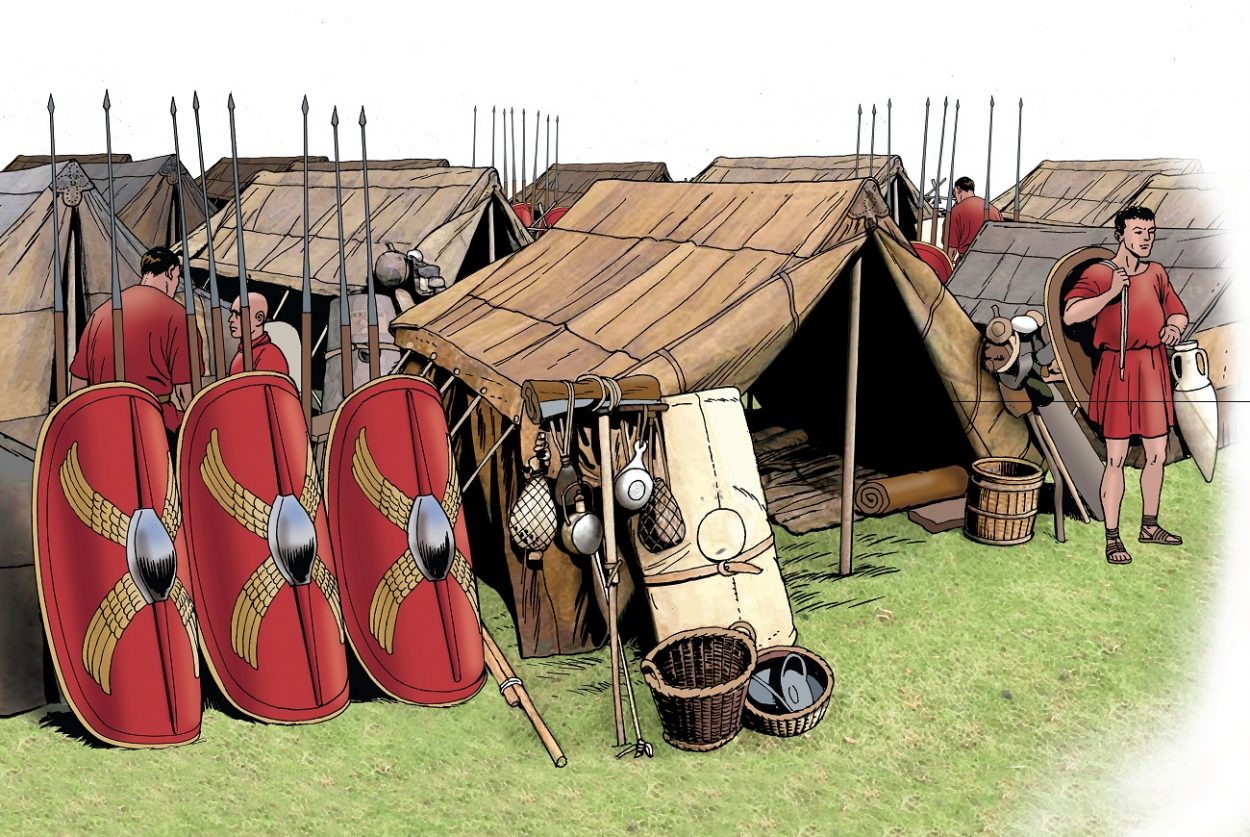A Roman fort discovered on the banks of the Oer-IJ in the Netherlands may have supported the invasion of Britannia, according to archaeologist Dr Arjen Bosman.
Evidence for Roman military activity was first unearthed in 1945 in Velsen, (or Flevum in Latin), in the province of North Holland in an abandoned German anti-tank trench, with ongoing excavations over the past several decades discovering the remains of two forts in what archaeologists at the time identified as mere castellum.
After piecing together the archaeological remains over the last several decades, Dr Arjen Bosman, a specialist in Roman military history suggests that the site was actually a legionary fortress, first established by Emperor Caligula during his failed attempt to send an expedition to Britannia in AD 40.
According to accounts from by the Roman historian Gaius Suetonius Tranquillus in the De vita Caesarum, Caligula drew his troops up in battle and faced the English Channel, apparently ordering them to gather seashells in which he referred to them as “plunder from the ocean due to the Capitol and the Palace”.
In AD 41, Caligula was assassinated in a conspiracy by officers of the Praetorian Guard, senators, and courtiers, but his readiness of Roman troops and the movement of provisions arguably prepared Emperor Claudius’ invasion three years later.
The fort would have housed several thousand soldiers and was probably constructed to defend the frontiers against the Germanic Chauci tribe whilst preparations were underway further south for Britannia’s invasion.
Dr Bosman told the Guardian: “We have found wooden planks underneath the watchtower, or the gate of the fort, and this is the phase just before the invasion of Britannia. The wooden plank has been dated in the winter of AD42/43.”
“The main force came from Boulogne and Calais, but the northern flank of that attack had to be covered and it was covered by the fort in Velsen.” Added Dr Bosman. Find out more
Header Image Credit : Massimo Todaro – Shutterstock





